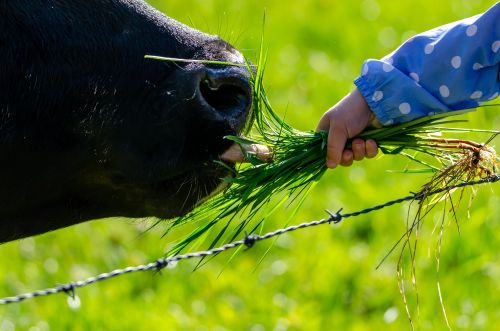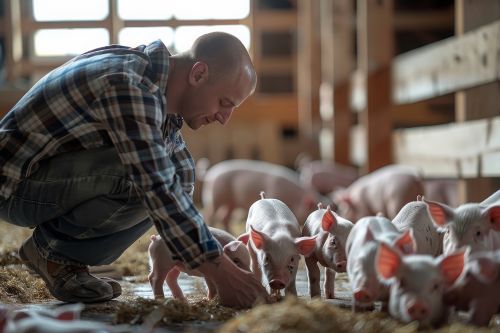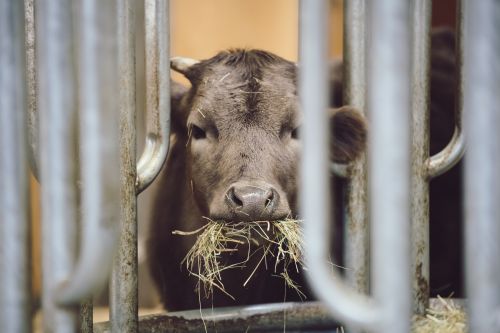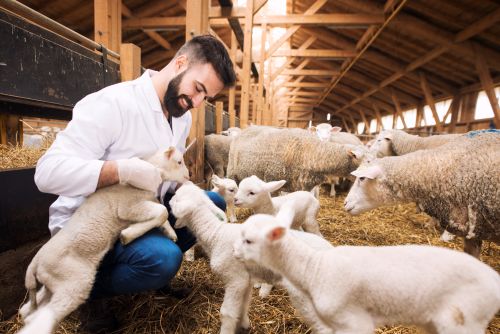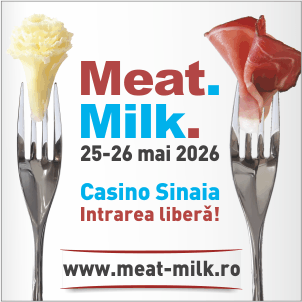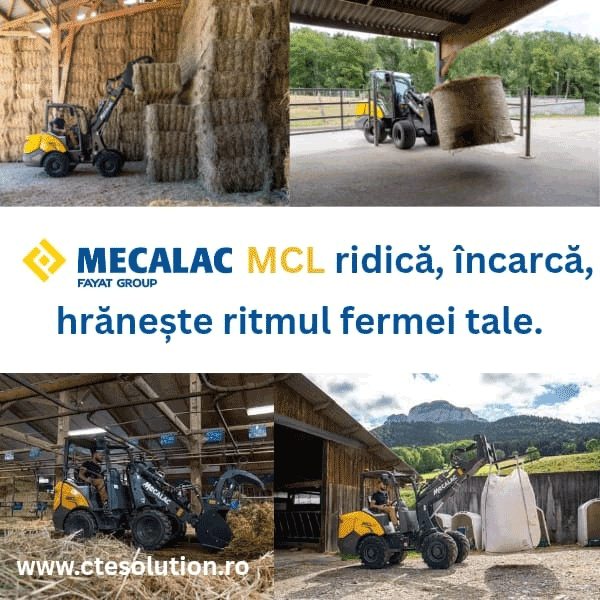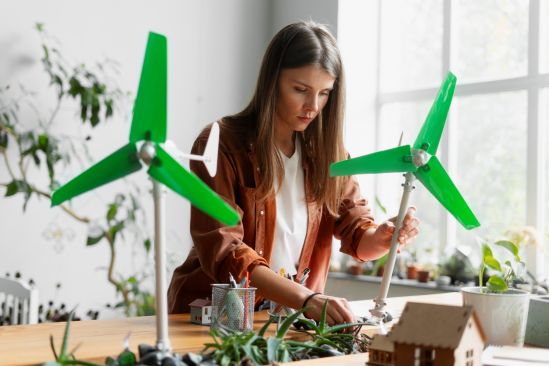
The integration of renewable energy in meat processing plants is becoming a strategic priority, both for reducing costs and for meeting the environmental objectives set by the European Green Deal.
In Romania, data from the National Institute of Statistics (INS) show that the food sector accounts for approximately 9% of the total energy consumed in industry, with meat processing representing a significant share. The use of photovoltaic panels, wind turbines, and biogas derived from organic waste makes it possible to reduce dependence on traditional sources.
A 2024 report from the European Commission indicates that factories investing in renewable energy have reduced their energy costs by 15–20% and lowered CO₂ emissions by up to 25%. In Romania, several large slaughterhouses have begun implementing biogas-based cogeneration systems, making use of by-products from processing. In addition, funding programs under the CAP 2023–2027 and the NRRP support investments in energy efficiency and renewable sources.
The adoption of these solutions is not only a matter of compliance, but also a way to strengthen the industry’s long-term competitiveness, while meeting the increasingly strict requirements of international markets.
(Photo: Freepik)
